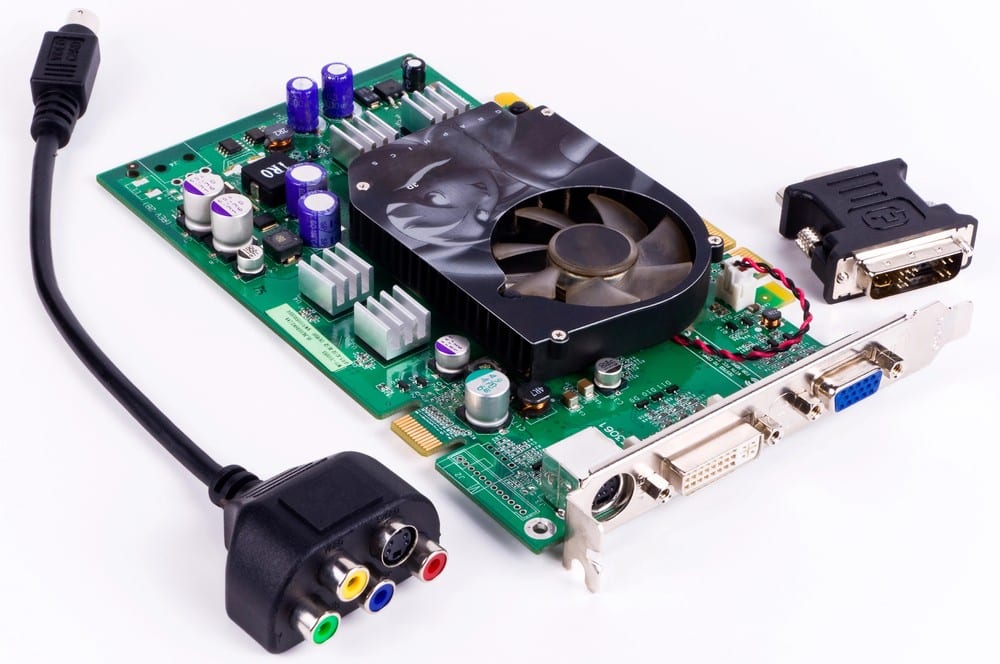Choosing the right CAN bus connector is a critical step for anyone looking to establish or improve vehicle communication networks. This connector isn’t just a piece; it’s the gateway ensuring clear, uninterrupted data flow across the various parts of a vehicle’s system. The proper selection affects everything from the network’s reliability to its overall performance, making knowledge in this area invaluable.
Sital Technology takes pride in offering leading-edge automotive databus solutions. Our solutions cater specifically to aerospace, avionics, and automotive professionals, ensuring their systems use the most effective CAN bus connectors and cables. We aid our clients in achieving seamless and fault-tolerant communication within their vehicles’ networks, maximizing performance and durability.
Selecting the Ideal Cable Length for CAN Bus Connectivity
Deciding on the length of your CAN bus cables is more than a measure of distance; it directly influences the efficiency of data transmission. A cable that’s too long may lead to a delay in communication, whereas one that’s too short might not reach all the necessary components. What’s needed is a balanced approach.
A longer cable may seem like a safe bet for future expansion but bear in mind it could introduce latency. Each segment must be just long enough to connect the nodes without excess slack. It’s about finding that sweet spot where communication is unimpeded by unnecessary cable length.
Avoiding Signal Degradation by Considering CAN Bus Cable Type
Cable type matters considerably in CAN bus systems. Shielding, thickness, and material quality can vastly affect signal clarity. An inferior cable might cause signal loss or electromagnetic interference, which is not an option where precision is pivotal.
A shielded cable ensures signals remain intact even in areas with high electronic noise. It’s a safeguard against external interference, making it an indispensable choice. Yet, not all shielding is equal. Aim for a cable that provides robust protection without becoming stiff or unwieldy—flexibility matters for installation and maintenance.
The next layer to consider is the conductor itself. High-quality materials transmit signals without degradation over distances, critical for maintaining the integrity of the communication. It pays to invest in cables that promise longevity and consistent performance even under the duress of high-speed data transfer.
Ensuring Proper Connector Alignment for Optimum CAN Bus Performance
Connectors serve as the critical link in your CAN bus system. A misaligned or poorly fitted connector is a silent killer in data communication. It’s imperative that each connector fits snugly and securely, ensuring a stable connection that won’t falter under stress.
The installation should not be rushed. Proper alignment requires a steady hand and a keen eye. Each pin and socket must meet precisely, with no room for error. The connector should lock into place with confidence, signaling a secure bond.
Regular checks are non-negotiable. Vibration and wear can compromise connections over time, and detecting issues early keeps the system operational. A best practice is to integrate routine maintenance into the workflow, where connectors are inspected for signs of stress or damage.
Protecting Your Systems with CAN Bus Connector Housing Material
The housing material of your CAN bus connectors plays a vital role in both protecting your system and ensuring long-term reliability. What you choose as a shield can make the difference between a system that endures and one that falters under environmental stress.
Metals like aluminum and stainless steel are popular for their durability and resistance to corrosion. These materials guard against harsh conditions, including extreme temperatures and moisture, which might otherwise compromise the integrity of your connections. Opting for rugged materials ensures your system remains safe even in demanding environments.
However, it’s not just about withstanding the elements. The electromagnetic interference (EMI) protection offered by certain metals can safeguard your data transfer from noise, ensuring uninterrupted communication. This blend of physical and signal protection makes choosing the right housing material an exercise in balancing priorities for peak system performance.
Defining Cable Termination Requirements for Effective CAN Bus Connectivity
The way you terminate your CAN bus cables is not merely a procedural step; it’s a critical aspect of establishing effective connectivity. Proper termination prevents signal reflections that can disrupt communication, making it imperative to adhere to precise requirements.
Termination resistors play a central role in this context. Placing a resistor at each end of the bus cable ensures that signals are properly absorbed, preventing them from bouncing back and forth along the cable. The value of these resistors, typically around 120 ohms, is chosen to match the impedance of the cable, balancing the system.
The placement of termination points also requires attention. They should be located at the extremes of the network to encompass all communication within a bounded environment. This strategic positioning maximizes the effectiveness of the termination, ensuring a stable and reliable data transfer.
It is worth noting that while termination is vital for network integrity, over-termination can lead to signal attenuation. Striking the right balance is key. It often requires a detailed analysis of the network’s layout and the electrical characteristics of the system, underscoring the importance of precision in every step of the connectivity process.
Prioritizing Signal Integrity Through Cable Gauge Selection for CAN Bus
Choosing the right cable gauge is essential for maintaining signal integrity in CAN bus systems. This decision impacts the resistance of the cable, which in turn, affects both the quality and speed of data transmission. A thinner cable might be more flexible and easier to route, but it can also introduce greater resistance and potential signal degradation.
For longer distances, a thicker gauge cable is often necessary to minimize resistance and maintain signal clarity. This ensures that data can travel swiftly and accurately across the network without loss or distortion. Yet, the choice of gauge must also consider the environment and space constraints, balancing performance needs with practical installation requirements.
Advancing Your Projects with Our CAN Bus Technology
Our commitment to excellence goes beyond basic connectors and cables. We understand that the backbone of any vehicle’s databus system lies in the intricacies of CAN bus technology. Sital Technology’s tailor-made solutions, including Airborne Interface Cards and bespoke IP cores, support our clients in harnessing the full potential of CAN bus systems, providing reliable and scalable network communications.



